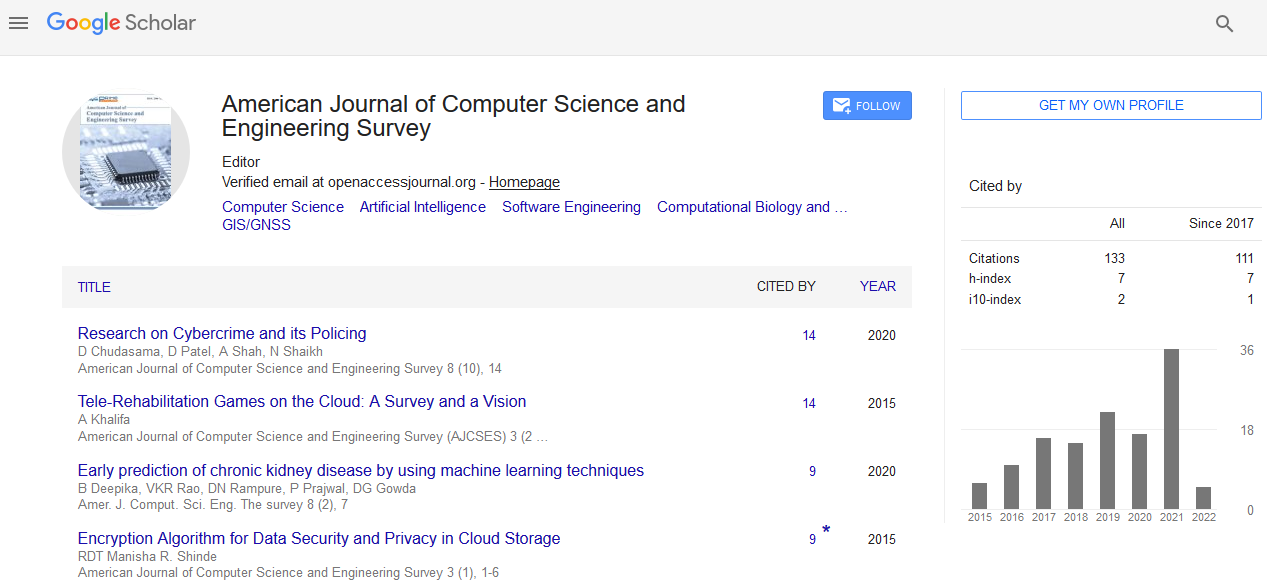Description
Artificial Intelligence (AI) is the ability of a digital computer or
computer-controlled robot to perform tasks commonly related
to intelligent beings. The term is usually applied to the project
of developing systems endowed with the intellectual processes
characteristic of humans, like the ability to reason, discover
meaning, generalize, or learn from past experience.
AI is accomplished by studying how human brain thinks and
the way humans learn, decide, and work while trying to solve a
problem, and then develops intelligent software and systems by
using the outcomes of this study.
Categorization of Artificial Intelligence
Artificial intelligence is often divided into two different categories:
weak and strong. Weak artificial intelligence embodies a system
designed to hold one particular job. Weak AI systems include
video games like the chess example from above and private
assistants like Amazon's Alexa and Apple's Siri.
Strong artificial intelligence systems are systems that keep it up
the tasks considered to be human-like. These tend to be more
complex and sophisticated systems. They are programmed to
handle situations during which they'll be required to problem
solve without having an individual intervene. In applications like
self-driving cars or in hospital operating rooms these kinds of
systems can be found
Goals of AI are to Create Expert System which exhibit intelligent
behavior, learn, demonstrate, explain, and advice its users.
To Implement Human Intelligence in Machines − Creating systems
that understand, think, learn, and behave like humans.
Contributions to AI
Artificial intelligence is a science and technology supported by
disciplines like Computer Science, Biology, Psychology, Linguistics,
Mathematics, and Engineering. A major thrust of AI is within the
development of computer functions associated with human
intelligence, such as reasoning, learning, and problem solving.
Out of the subsequent areas, one or multiple areas can contribute
to create an intelligent system.
Approaches of AI
• Cybernetics and brain simulation
• Symbolic
• Cognitive simulation
• Logic-based
• Anti-logic or scruffy
• Knowledge-based
• Sub-symbolic
• Embodied intelligence
• Computational intelligence and soft computing
• Statistical
Approaches of AI
AI has been dominant in various fields like
Gaming-AI plays crucial role in strategic games like chess, poker,
tic-tac-toe, etc. where machine can think of huge number of
possible positions based on heuristic knowledge.
Natural Language Processing-It’s easy to interact with the
computer that understands natural language spoken by humans.
Expert Systems-There are some applications which integrate
machine, software, and special information to impart reasoning
and advising. Explanation and advice to the users is provided by
them.
Vision Systems-These systems understand, interpret, and
comprehend visual input on the PC. For example,
Spatial information or map of the areas is figure out by the
photographs taken by a spying aeroplane.
To diagnose the patients, doctors use clinical expert system.
Police use computer software which will recognize the face of
criminal with the stored portrait made by forensic artist.
Speech Recognition-When a human talk to it, some intelligent
systems are capable of hearing and comprehending the language
in terms of sentences and their meanings. It can handle different
accents, slang words, noise within the background, change in
human’s noise due to cold, etc.
Handwriting Recognition-The text written on paper by a pen or
on screen by a stylus can be read by the handwriting recognition
software. It can recognize the shapes of the letters and convert it
into editable text.
Intelligent Robots-Robots are ready to perform the tasks given
by a human. They have sensors to detect physical data from the
important world like light, heat, temperature, movement, sound,
bump, and pressure. They have efficient processors, multiple
sensors and large memory, to exhibit intelligence. In addition,
they can adapt to the new environment and they are capable of
learning from their mistakes.

